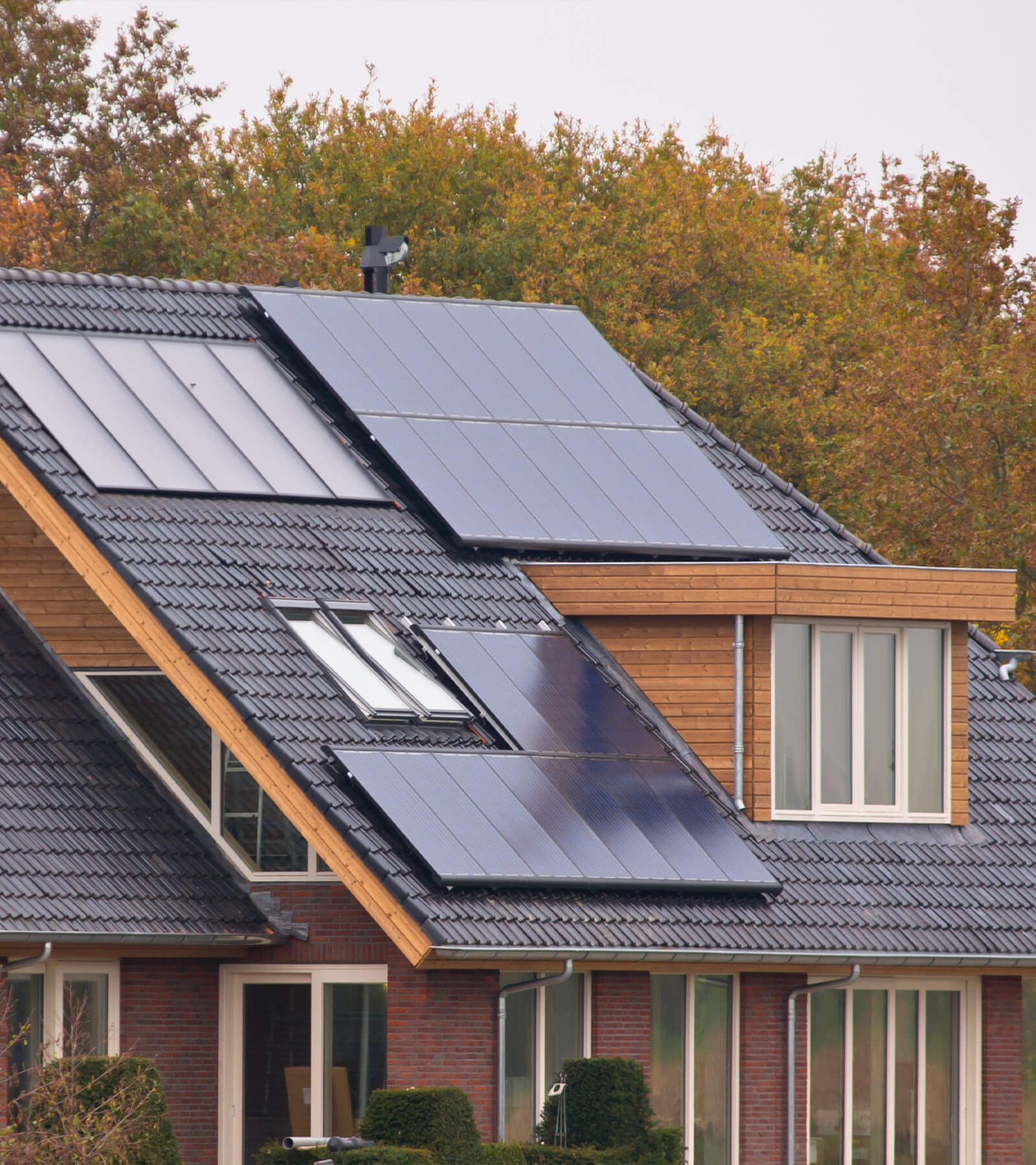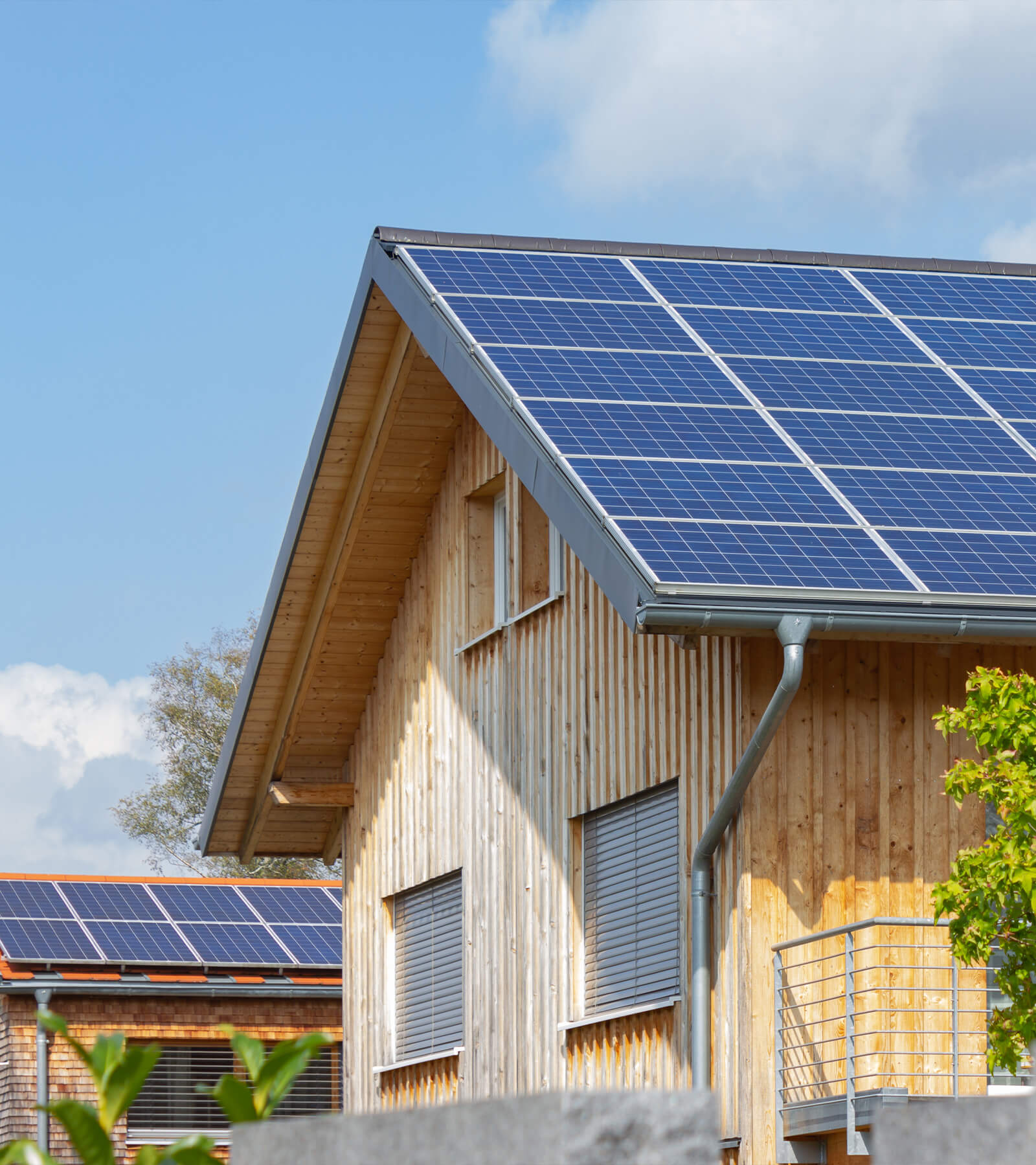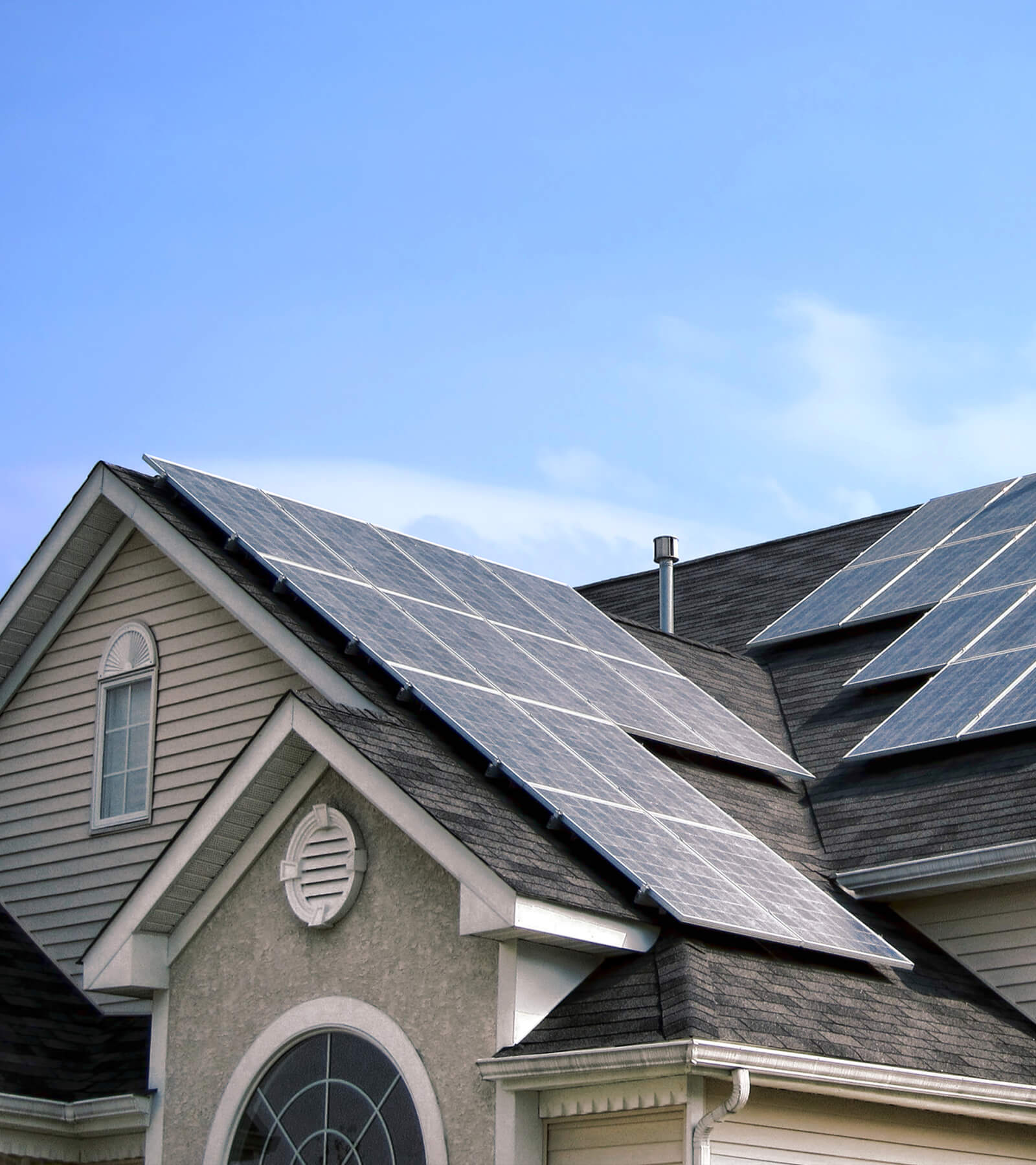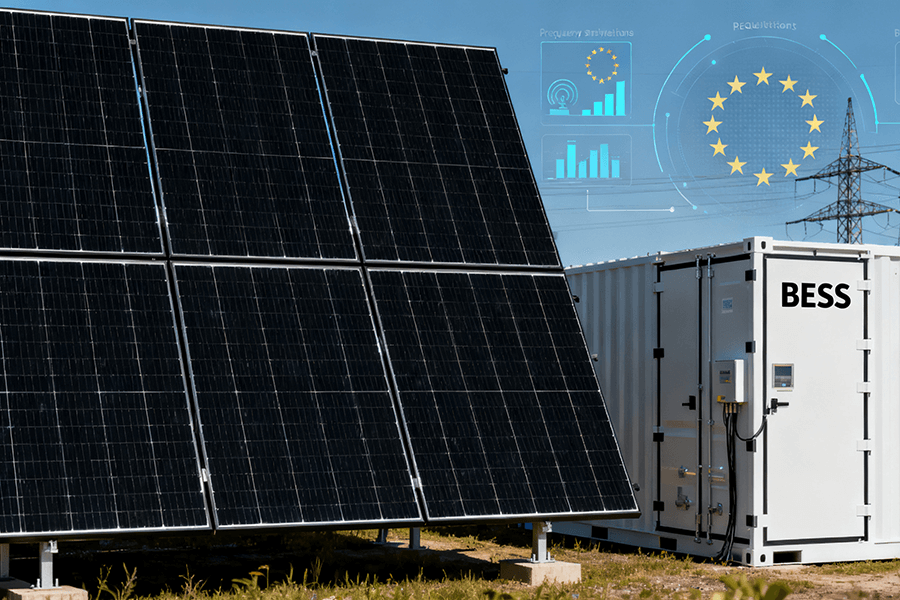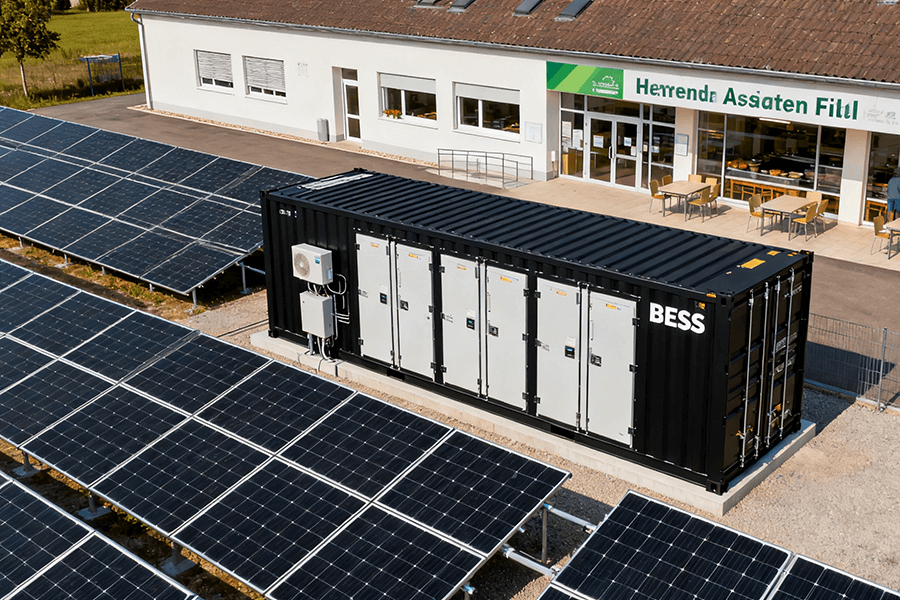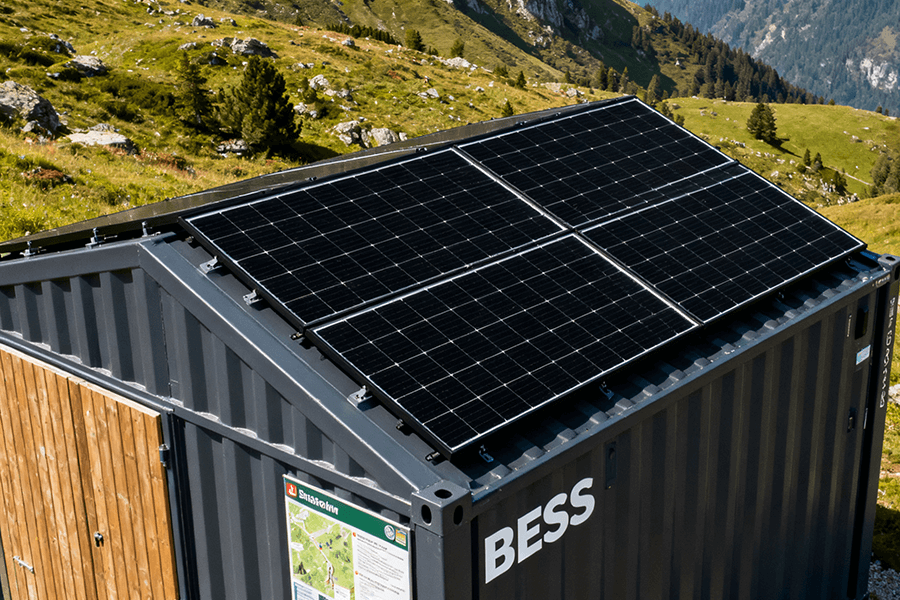
The Diesel Generator Dilemma—Loud, Unreliable, and Costly
Imagine a storm slamming into the Austrian Alps: wind howls, snow piles high, and a guide station’s diesel generator—its only power source—sputters out. Suddenly, emergency radios go silent, GPS trackers die, and 20 hikers are stranded mid-trail. This isn’t a worst-case scenario; it’s a yearly reality for European mountain hubs.
Key Data from 2025 European Mountain Tourism Association (EMTA):
|
Key Metric
|
Data
|
Impact
|
|---|---|---|
|
Operating guide stations in Europe
|
227
|
Critical safety and tourism hubs across 18 countries
|
|
Reliance on diesel generators
|
92%
|
Vulnerable to fuel shortages and mechanical failure
|
|
Weekly cost of power outages
|
€6,500–€9,000
|
Lost revenue from canceled guided tours (Maxbo Solar, 2025)
|
|
Hikers stranded annually by generator failure
|
138 (avg.)
|
Increases search-and-rescue workload by 22% (Safe Hike Initiative, 2025)
|
Diesel generators are the trail’s problematic roommate, with three core flaws:
-
Loud noise: 75–95dB, which is louder than a chainsaw and disturbs both hikers and wildlife
-
High maintenance: Requires regular oil changes, fuel refills, and frequent repairs
-
High cost: €1,200–€2,500 per fuel delivery to remote mountain stations
BESS containers, by contrast, are quiet, self-sufficient, and built to handle mountain chaos—like the generator’s responsible cousin who never forgets to pay the bills (or keep the lights on during a blizzard).
Core Applications: BESS as the Trail’s Silent Hero
For guide stations, power isn’t a luxury—it’s a safety net. BESS containers excel at keeping critical systems running during extreme conditions, with key applications focused on two dimensions:
Communication and GPS: Keeping Hikers Connected (and Alive)
A single hour of power outage cuts off contact with trail groups—disaster when a storm hits or a hiker goes missing. BESS containers eliminate this risk with two key advantages:
-
Near-instant backup: 0.02 seconds response time, faster than you can say “avalanche warning”
-
Steady runtime: Ensures continuous power supply for core communication equipment
Case: Swiss Bernese Alps Guide Station (2024) Installed a 250kWh Maxbo Solar BESS container. During a five-hour blizzard that knocked out the regional grid, the BESS maintained power for emergency radios, GPS trackers, and rescue beacons. Guides coordinated with four stranded groups (80 hikers total) and directed them to safety.“We went from crossing our fingers during storms to feeling bulletproof,” said station manager Lena Müller. “The BESS didn’t just save us money—it saved lives.”
Trail Monitoring and Amenities: Powering Trust (and Bookings)
BESS containers support both safety monitoring and hiker services, covering two types of needs:
-
Safety monitoring: Powers sensors for snow depth, landslide risk, and trail closure alerts
-
Hiker amenities: Provides stable power for phone charging ports and digital trail information screens
Case: Austrian Tyrol Guide Station (2023) Upgraded to a 200kWh BESS, enabling: 10 phone charging ports, a real-time digital trail update screen (replacing outdated paper maps), and snow depth sensors on three high-risk trails. Result: Guide booking rates jumped 30% in a year.
As station owner Markus Holz put it: “Hikers want to know you’re prepared. When they see our digital screen updating in real time, they book. The BESS didn’t just power the screen—it powered our business.”
Safety-Focused and Eco-Design: Quiet, Clean, and EU-Ready
BESS containers don’t just work better than diesel—they work smarter, aligning with both hiker experience and EU environmental rules. Their standout design features focus on two priorities:
Quiet Operation: Wildlife (and Hikers) Will Thank You
Noise pollution from diesel generators disrupts mountain ecosystems. The contrast is striking:
Diesel Generator
75–95dB
Scares off deer, foxes, and birds; disturbs hikers
BESS Container
≤30dB
Quieter than a library whisper; no ecological disturbance
Case: French Pyrenees Guide Station (2024) After switching to BESS, wildlife disturbance complaints plummeted 85%. Rangers spotted a family of ibex near the station—something not seen in a decade.“Hikers come here for peace and quiet,” said ranger Sophie Laurent. “Now the mountains sound like mountains again, not a construction site.”
Diesel Replacement: Cut Costs, Ditch Emissions
Replacing diesel with BESS delivers both economic and environmental benefits, as proven by a Norwegian fjord guide station:
-
Before: €20,000 annual fuel delivery costs
-
After: Installed a 250kWh BESS, cutting diesel consumption by 100%
-
Bonus: Earned EU “Safe Hiking Hub” certification to attract eco-conscious travelers
Regulatory pressure also favors BESS: EU Directive 2024/123 imposes fines for excessive emissions. Meanwhile, 68% of European hikers prioritize “sustainable” services when choosing tours (Safe Hike Initiative, 2025), making BESS a competitive advantage.
Sustainability and Operational Benefits: Work Smarter, Not Harder
BESS containers aren’t just a diesel replacement—they’re a gateway to fully renewable power systems. When paired with solar and wind, they create a triple advantage: clean energy, low cost, and minimal maintenance.
Solar-Wind-BESS Integration: Power from Sunshine and Gusts
Mountain trailheads are ideal for renewable energy (abundant sun and wind), but intermittency is a problem. BESS solves this by:
-
Storing excess energy generated on sunny/windy days
-
Releasing stored energy when renewable output drops
-
Converting intermittent renewables into a steady power supply
Case: Swedish Lapland Guide Station
Paired a 180kW solar-wind system with a 250kWh BESS, achieving impressive results:
-
82% of power from renewable sources
-
40% reduction in renewable energy waste (IRENA data)
-
25% revenue boost by targeting “eco-hiking” groups (Maxbo Solar, 2025)
Low-Maintenance Reliability: Less Fixing, More Guiding
Guide station staff should focus on safety, not equipment maintenance. The difference in upkeep is dramatic:
|
Maintenance Item
|
Diesel Generator
|
BESS Container
|
|---|---|---|
|
Routine Checks
|
Weekly
|
Monthly
|
|
Oil Changes
|
Every 50 hours
|
None
|
|
Fuel Refills
|
Frequent
|
None
|
Data from 20 BESS-equipped stations confirms the reliability: downtime dropped 70% after installation. The Swiss Bernese Alps station now spends just 2 hours monthly on BESS maintenance—down from 15 hours weekly on their old generator.
“We used to have a full day dedicated to generator checks,” said Lena Müller. “Now we use that time to train new guides. It’s a no-brainer.”
Maxbo Solar: We Build BESS for Mountain Toughness (From Someone Who’s Been There)
As the lead engineer at Maxbo Solar, I’ve spent years hiking European mountains—and seeing the flaws in diesel-dependent stations firsthand. Our BESS containers are designed to withstand mountain-specific challenges:
-
Extreme cold resistance: Operates normally at -40°C
-
Snow load protection: Reinforced casing to handle heavy snow
-
Remote usability: Low maintenance for areas with limited service access
Our product advantages go beyond durability:
-
Safe batteries: Lithium-iron phosphate (LiFePO4) for long lifespan and low risk
-
Flexible sizing: 200kWh (small stations) to 2MWh (busy hubs)
-
Smart features: Built-in fire suppression and remote power monitoring
We don’t just sell BESS—we partner with stations to create custom solutions:
-
Swiss Bernese Alps: Upgraded battery capacity for blizzard runtime
-
Austrian Tyrol: Integrated solar wiring for renewable expansion
Our goal is simple: make your station’s power as reliable as your guides.
Curious how we can tailor a solution for you? Visit our website at www.maxbo-solar.com or drop us an email—we’ll even send you a free energy audit (no hiking boots required).
Conclusion: The Future of Trail Power Is Silent and Safe
BESS containers represent a transformation for European mountain hiking guide stations, delivering value across three dimensions:
-
Safety: Keeps communication lines open during storms
-
Experience: Powers hiker-friendly amenities and real-time trail info
-
Sustainability: Cuts costs and protects mountain ecosystems
For stations focused on safety and sustainability, BESS is no longer an option—it’s a necessity.
The trend is clear: EU regulations are tightening, and hikers are demanding greener, more reliable services. Diesel generators are on their way out, with industry forecasts predicting that 88% of European guide stations will switch to BESS by 2032—turning today’s trailblazers into tomorrow’s norm.
At the end of the day, mountain hiking is about trust—trust in your guide, trust in the trail, and trust that help is there if you need it. BESS containers don’t just power guide stations—they power that trust. And that’s the most important energy of all.

